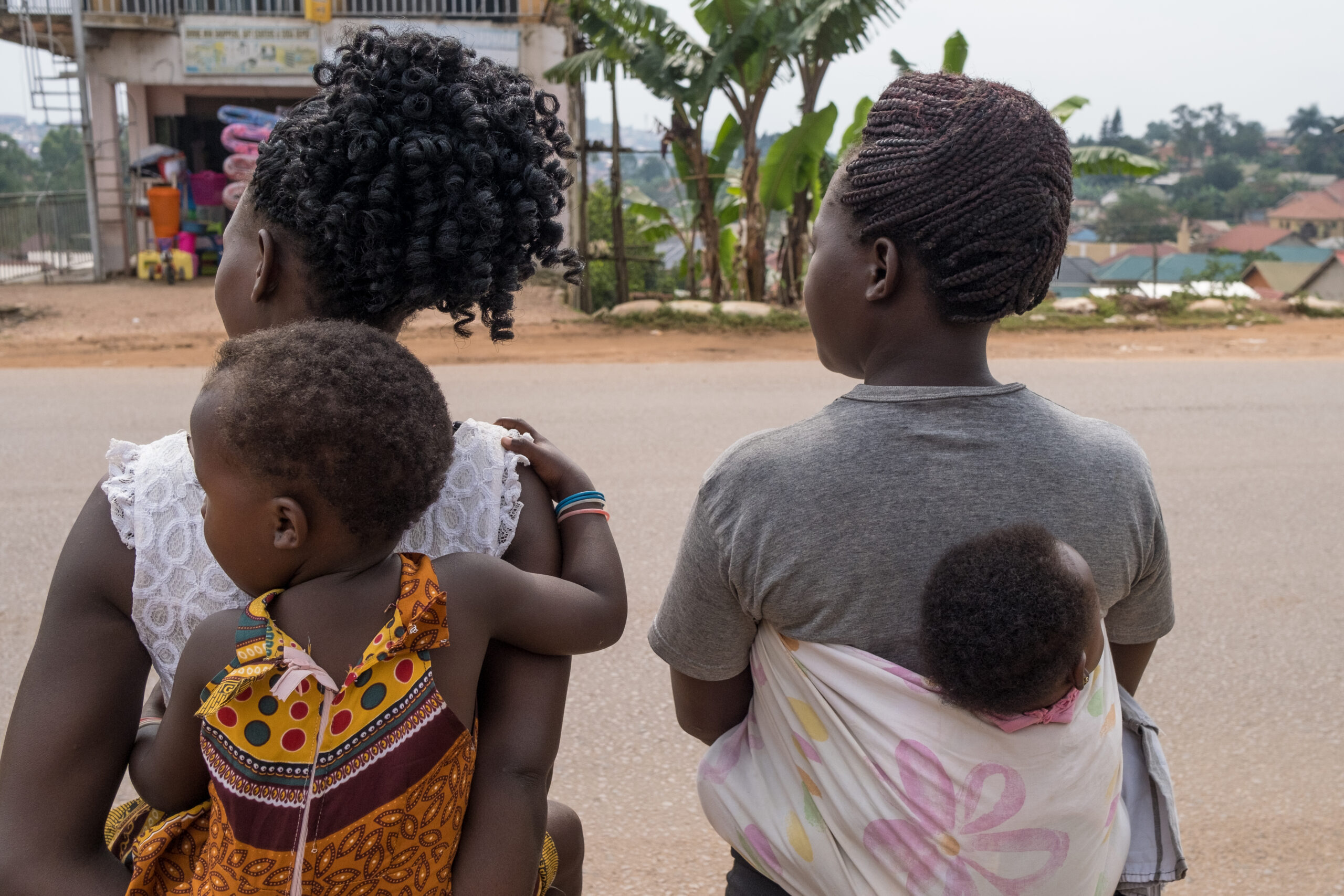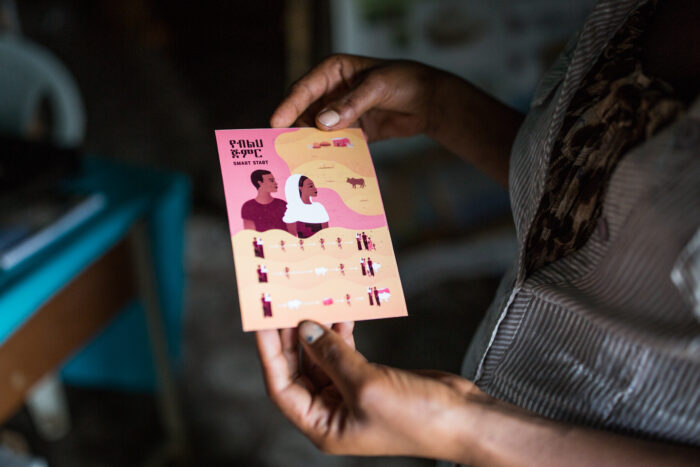After years of improvement, the slowing pace of progress across many reproductive, maternal, newborn, and child health and nutrition outcomes has demonstrated that some populations are particularly challenging to reach with life-saving products, programs, and interventions. In general, the public health community has found it difficult to define and describe these hard-to-reach populations because there are often many overlapping vulnerabilities — including gender, socio-cultural, economic, and structural factors — that prevent women and children from receiving the care they need. Achieving health equity among women and children requires a multifaceted research approach that focuses on the complex social and structural determinants of health that directly impact morbidity and mortality, shape behaviors and attitudes, and impact the ways in which people interact with the health system. Understanding these factors can inform the ways in which we select, invest in, and scale high impact products and practices.


Our mission
We conduct research that informs the design and targeting of products, programs, and investments focused on improving the health and well-being of women and children. Our modeling strategies help define and describe vulnerable populations, investigate causal links between structural, social, and economic factors and health and wellbeing, and examine the drivers of program and intervention effectiveness across different geographies, contexts, and subpopulations. Successful modeling depends on the development of novel metrics which better measure complex concepts, such as social norms, empowerment, access to care, health systems readiness and intention to use contraception. Our research activities are used to uncover significant data gaps, identify opportunities to strengthen the data ecosystem, and design more impactful precision public health solutions.
Our approach
The team uses a variety of modeling approaches:
- Causal inference modeling to understand the heterogeneity in program and intervention effectiveness across diverse subpopulations and geographies
- Statistical modeling and small area estimation to improve subnational mortality estimates, with a focus on maternal and child mortality
- Longitudinal data analysis to examine change over time
- Complex regression techniques (e.g., SEM, CLPM, HLM, Bayesian models) using multi-level data
- Agent-based models to simulate the behavioral and biological underpinnings of reproductive health (including family planning, HPV, and the vaginal microbiome)
- Compartmental modeling to optimize interventions and evaluate the effectiveness and cost-effectiveness of family planning, MNC, and nutrition-based interventions
- Data science techniques to link, integrate, and leverage data across diverse sources (e.g., surveys, DHIS2, vital registries, population cohorts, remote sensing, etc.)

Publications
To learn more about IDM’s work on this topic, browse our publications!
Code and tools
Software developed by IDM is freely available; you are encouraged to try out the tools developed for use on this topic!
View all code and tools